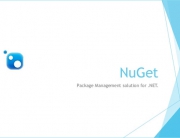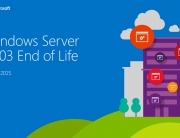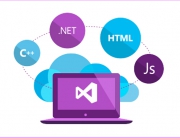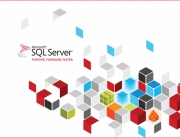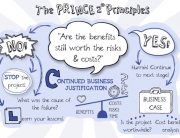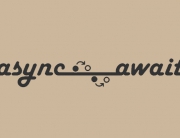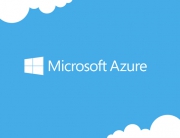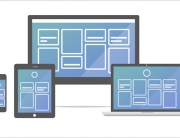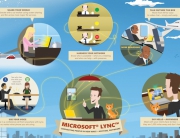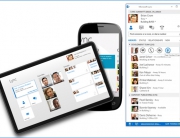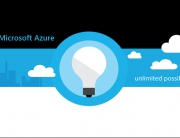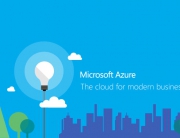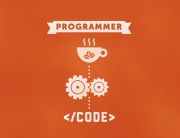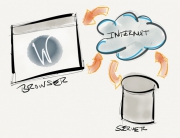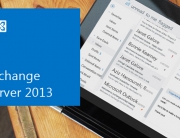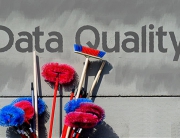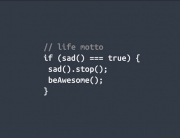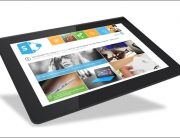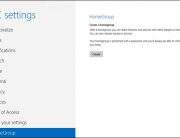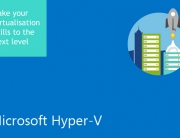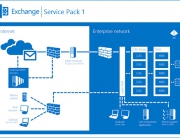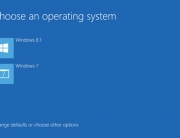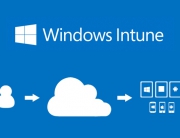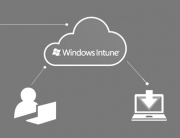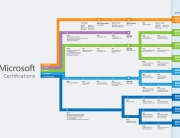There are several frameworks which are typically applied to project management, with the most known ones being PMBOK, PRINCE2® and Agile. So what makes PRINCE2® the de facto standard that every project manager should add to their toolkit?
PRINCE2® (PRojects IN Controlled Environments) is a process-based method for effective project management and is owned by the UK government with AXELOS as its global licensor. The many reasons why it has become the de facto standard include:
- Although its roots are in a public sector IT context, the current version has been developed with input and consideration from many different types and sizes of projects across many industries.
- It has seen its popularity grow to become the de facto standard for project management not only in the UK where it originated, but across Europe, Australia, and many other areas of the world.
- PRINCE2® is now used actively in over 120 countries across the world. Any project professional can learn and use it due to its common sense, non-technical way to manage any project.
- It does not matter if the project is to develop a new policy, design a new car, implement an ERP system, update a small product, or deliver a new service, the PRINCE2® method can be easily scaled.
- It keeps growing in adoption due to its applicability, business orientation, ease of tailoring and use. This latter aspect makes is easy to learn, even for those with limited experience. There is also an important inclination to leverage existing practices rather than reinvent the wheel. PRINCE2® offers a project manager standardised processes and most importantly, a language for the delivery of projects that incorporates the project management layer and also, the executive layer. This is driving more and more organisations towards the PRINCE2® route.
AXELOS (the Licensor) grants individuals a worldwide, royalty-free, perpetual, non-exclusive licence to use the material (subject to some conditions). Thus, making access to the methodology fast and easy, and encourages organisations to derive their own customised methodologies based on the PRINCE2® method.
What if you’re new to PRINCE2® but can see how it can deliver value? The PRINCE2® certification is a very good place to start, as there are no experience or prerequisites required like other certifications. Although it may appear as a disadvantage, it actually is a benefit in that any project team members can learn the common language of project management. It provides a foundation for those who want to continue to pursue a more focused project management career. With a Foundation and an Intermediate certification available for PRINCE2®, project management personnel of any level can communicate with a common language.
Another aspect that will drive large growth of PRINCE2® adoption is that as of this year, it is easier for individuals who already hold PMP certification from PMI to become PRINCE® Practitioners, therefore enhancing professionalism and providing the project manager with a practical toolkit of best practices. PRINCE2® qualified project managers are in a very strong position to help projects be successful.






